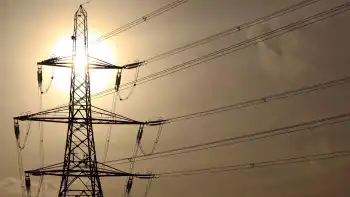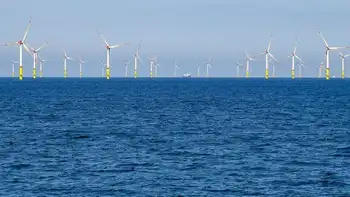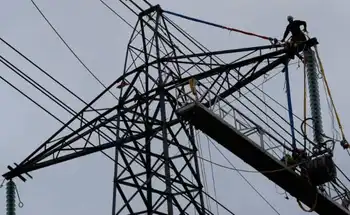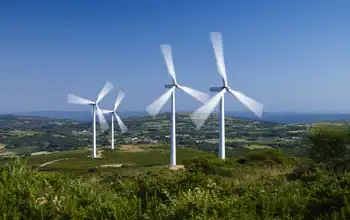Perspectives: new leadership for Canadian Hydro
By Jacob Irving, HydroWorld
Protective Relay Training - Basic
Our customized live online or in‑person group training can be delivered to your staff at your location.

- Live Online
- 12 hours Instructor-led
- Group Training Available
When I started working as CHA president in June, I was immediately struck by the dynamism, passion, and commitment of the people involved at all levels of the organization, from the board to our membership and network of partners.
It's easy to be passionate about hydropower. It is a clean, renewable, and highly efficient energy source. Hydropower enjoys a rich history in Canada, where it has evolved and constantly improved over time. It has a solid reputation for being affordable and reliable and is credited with helping to lay the foundation for much of the country's industrialization and overall high quality of life.
To this day, the hydropower industry refuses to sit back and watch the river flow by; it continues to reach for new horizons – such as ocean, tidal, and hydrokinetic power – and to innovate with technologies such as fish-friendly turbines and fish ladders.
The hydro industry also seeks to partner with other renewable energy industries to build on synergies. After all, hydro and wind are a perfect match. To prevent power fluctuations in the transmission grid, intermittent renewables like wind need to be matched with highly flexible electricity sources. Is there a more flexible source than hydro?
CHA's greatest achievement over the past decade has been to assemble industry players from across a vast and diverse nation to work together and promote hydropower. It's the strength of one voice relaying a simple yet powerful message: more hydropower to meet our energy needs.
The time has never been better to land our message. Climate change, access to water, and security of energy supply are all issues that can be positively addressed by hydropower. This good news gets better. There is an abundance of hydropower that still can be developed, and it can be done with respect for the environment and in collaboration with aboriginal people and local communities.
In fact, two-thirds of the economically viable potential in the world has yet to be tapped. In Canada alone, more than 163,000 MW of technical potential remains, which is more than twice our current capacity of 70,000 MW. This is quite impressive when you consider that Canada already is one of the world's largest producers of electricity using hydropower. Clearly, there is a lot left to do.
Over the coming months, I propose to focus on three main hydropower issues in Canada:
• Positioning hydropower as a major solution in North American plans for clean energy. CHA will work at being better recognized as a primary player in addressing climate change. This will include participating in discussions currently under way regarding policy on greenhouse gas emissions.
• Continuing to focus on addressing legislative and regulatory obstacles to hydro development. Over the past ten years, CHA has earned a strong reputation for working with governments to assist in appropriately rationalizing regulatory processes and constantly improving them. We will continue to maintain this focus and specifically will engage on some points pertaining to the Environmental Assessment, Fisheries, and Species at Risk acts.
• Influencing the greater development of electric transportation in Canada. Electricity is an efficient and increasingly recognized method for powering cars, trains, and subways. If that electricity is provided by hydropower, air pollutants and greenhouse gas emissions are avoided.
From a wider perspective, I hope to reinforce links with our partner organizations in the U.S. and Europe, working together toward common objectives.
About 1 billion people throughout the world do not have access to clean water, and more than 2 billion lack access to improved sanitation. In addition, 1.6 billion people have no access to electricity. There is a way to address these problems: hydropower. Canada continues to enjoy the benefits of hydropower as it contemplates substantial growth potential. There is an exciting opportunity to share the solutions we have found and the improvements we will make, especially as we enter a carbon-constrained world.
If we work as a global hydro network, we will make a difference.











